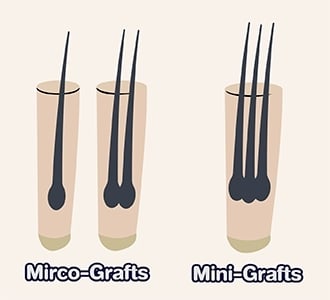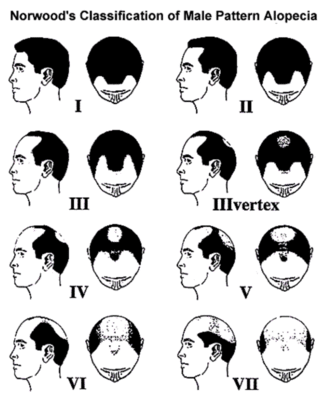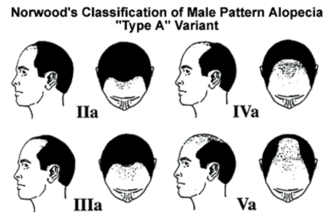What Is a Hair Graft and How Many Do You Need for a Hair Transplant?
If you’re considering a hair transplant, you’ve likely come across the term “graft.” Understanding what a hair graft is and how many are required is essential for achieving the best possible results. This article will explain the concept of hair grafts, how to estimate the number you need, and the factors that influence graft calculations.
table of contents

What Is a Hair Graft?
A graft refers to a group of hair follicles that a doctor extracts during a hair transplant procedure. Each graft typically contains 1 to 4 hair strands and is harvested from the donor area—usually the back of the scalp—using either the FUE (Follicular Unit Extraction) or FUT (Follicular Unit Transplantation) method.
The number of grafts needed depends on the size of the bald or thinning area, as well as the desired hair density.
✅ 1 square centimeter of the scalp typically requires about 50 grafts to achieve a natural, dense look.
How Are Hair Grafts Calculated?
The number of grafts required for a successful transplant depends on the area to be covered and the degree of hair loss. To estimate the number of grafts, you can:
- Measure the Thinning Area: Each square centimeter of scalp generally needs 40-50 grafts for moderate density.
- Use the Norwood Scale: This classification helps determine hair loss severity and provides a guide for estimating grafts needed.


Estimated Grafts Needed by Norwood Classification
| Norwood Class | Approximate Grafts Needed (Front Area Only) |
|---|---|
| IIa | 1,400 – 2,200 grafts |
| III | 1,600 – 2,400 grafts |
| IIIa | 2,000 – 3,000 grafts |
| IV | 2,200 – 3,400 grafts |
| IVa | 2,400 – 3,600 grafts |
| V | 2,600 – 3,800 grafts |
| Va | 2,800 – 4,200 grafts |
| VI | 3,000 – 4,600 grafts |
| VII | 3,200 – 5,000 grafts |
Can You Do All Grafts in One Session?
While it’s possible to transplant a large number of grafts in a single session, there are both benefits and risks to consider:
✅ Advantages of High-Graft Transplants:
- Covers a large bald area in one procedure.
- More convenient—fewer sessions required.
❌ Risks of High-Graft Transplants:
- Increased graft survival risk—longer surgery times may reduce graft viability.
- Greater blood loss and increased healing time.
- Graft overcrowding—excessive grafts in a small area may cause grafts to “pop out” or fail to take root.
When Is a Second Hair Transplant Needed?
In some cases, a second transplant may be required approximately 12 months after the first to:
- Increase density in the transplanted area.
- Refine the hairline for a more natural look.
- Address new areas of hair loss as aging progresses.
Key Factors Affecting Graft Calculation
- Donor Hair Availability: Limited donor hair can affect how much area can be covered.
- Scalp Condition: Healthier scalps with good blood circulation enhance graft survival.
- Hair Density Goals: Higher density requires more grafts but can increase the risk of overpacking.
- Surgical Method: FUE leaves minimal scars but may require multiple sessions; FUT allows more grafts but leaves a linear scar.



